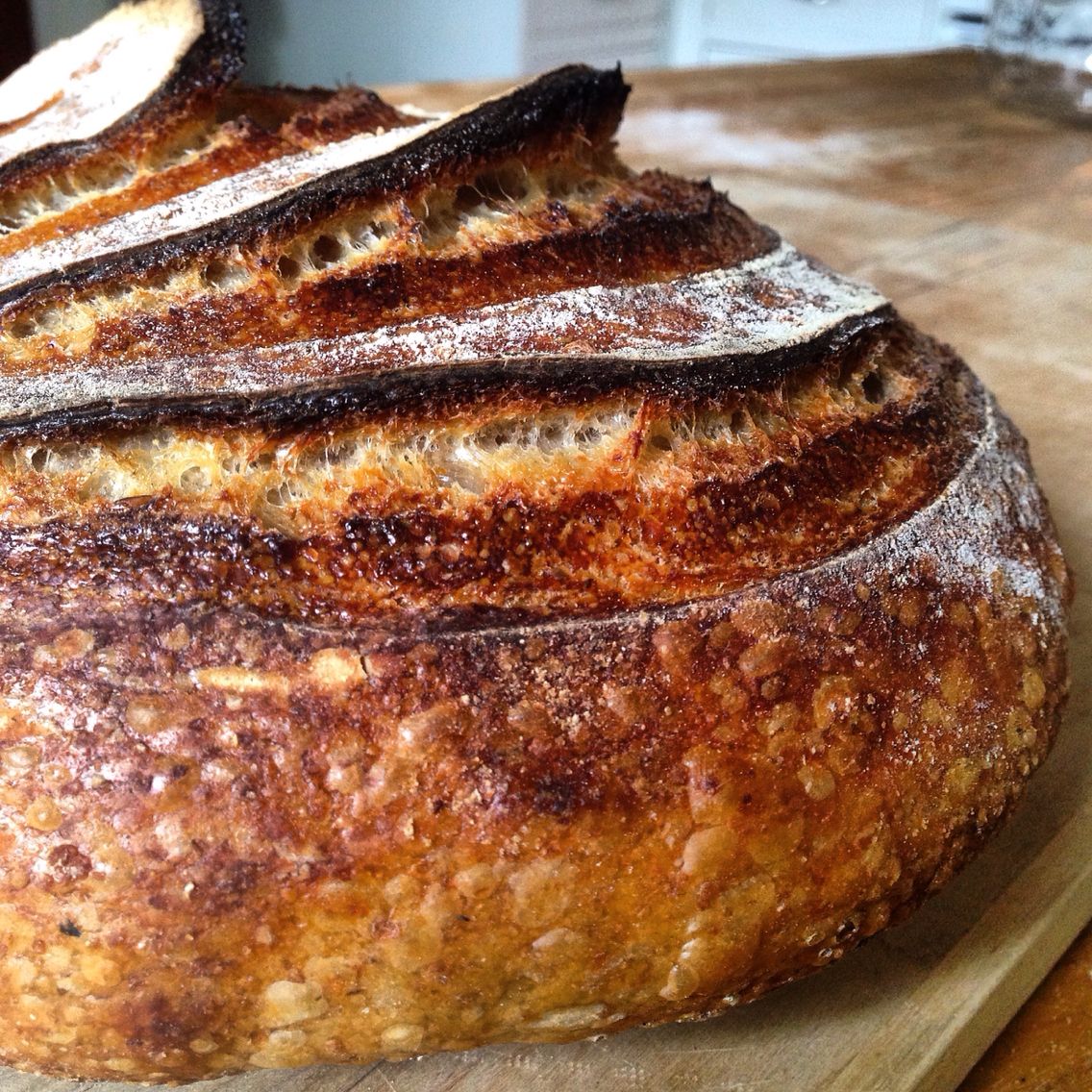When one contemplates the world of bread, a remarkable journey unfolds within its very essence—a journey punctuated with culture, tradition, and a fusion of artistry and science. At the heart of this exploration lies the enigmatic realm of leavened bread. But what exactly is leavened bread, and why does it capture the attention of food enthusiasts and home bakers alike? The answers may surprise you, promising a shift in perspective on something that stands as a humble staple yet embodies profound complexities.
To navigate through this exploration, we must first unravel the definition of leavened bread. Unlike its counterparts—unleavened varieties such as flatbreads and matzah—leavened bread has undergone a transformation. Here, leavening agents become the key players. These agents, typically yeast, baking powder, or sourdough starter, introduce the magical process of fermentation. This complex interaction between flour, water, and the chosen leavening agent creates a symphony of gases, primarily carbon dioxide. As the dough ferments, these gases expand, resulting in a pillowy, airy crumb that is foundational to the character of leavened bread.
Delving deeper, we encounter the historical roots of leavened bread. Its origins date back thousands of years, with evidence suggesting that ancient Egyptians were perhaps the first to harness the powers of wild yeast. Imagine the serendipity of a baker inadvertently discovering that dough left unattended would rise and develop remarkable flavors. This transformative moment not only marked a pivotal point in culinary history but also established leavened bread as a symbol of civilization itself—nurturing communities and spurring on the progress of agriculture.
Yet, the arc of leavened bread is not solely tethered to the past. It resonates with cultures all over the globe, each adding their unique twist to the timeless craft. From the rustic baguettes of France to the robust ciabatta of Italy, leavened bread thrives in diversity. Every culture imbues its recipes with flavors, textures, and traditions, proving that while the method may be consistent, creativity knows no bounds. Imagine exploring the intricate details of different regional recipes, the nuances of hydration levels, and the varieties of flour, each contributing to the bread’s final personality.
At this juncture, it is essential to contemplate the science behind the artisan. Bread-making is a delicate interplay between art and chemistry. The alchemy begins when flour and water amalgamate, quenching the flour’s starches. This activation initiates gluten development—the protein strands responsible for the dough’s elasticity and structure. The fermentation process then exacerbates this interaction, allowing the gluten network to capture the carbon dioxide bubbles produced by the leavening agent, effectively transforming the dense mass into a light, fluffy masterpiece.
However, it is in the apparatus of time where true magic occurs. Allowing dough to undergo a slow, cold fermentation can unlock deeper layers of flavor and complexity, lending a distinctive profile to many artisanal loaves. Variants of leavened bread flourish in this framework. Sourdough, for instance, stands out as a paragon of taste and health, as the wild yeast and bacteria actively work together to create a loaf that is not only crusty outside but also chewy and tangy within.
Those who embark on their baking journey often wonder about the transformative effects of different types of leavening agents. Yeast, with its multifarious strains like Saccharomyces cerevisiae and even the wild bacteria in sourdough, all merit attention. Has someone ever contemplated the sheer volume of choices in the wild yeast population? Understanding these variations can significantly influence flavor notes, bread structure, and even the duration of the fermentation process. This nuance allows budding bakers to become artists in their own right, experimenting with shapes, sizes, and styles.
Furthermore, one must consider the notion of the crust—an integral yet often overlooked aspect of bread’s identity. The crust itself is a result of the Maillard reaction, where the sugars and amino acids in the bread interact at high temperatures to form that mesmerizing golden-brown exterior. This transformation bestows upon the bread a complex flavor spectrum, ranging from nutty to slightly bitter, and can dramatically vary depending on baking techniques. The secret to achieving that perfect crust may well lie in mastering oven temperature and steam management, both of which yield impressive results.
As we embrace the interplay of these elements—time, fermentation, and temperature—a paradigm shift emerges. Bread-making transcends mere sustenance; it evolves into a natural meditation, connecting individuals with the history of humanity and the ever-constant cycle of nourishment. This community that gathers around baking can foster relationships that transcend generations and build bridges between cultures.
Indeed, as seen throughout the diverse tapestry of leavened bread, the act of baking can be laden with introspection and significance. It invites curiosity not only about the ingredients and techniques but also the stories behind each loaf. Each bite becomes a celebration of heritage—a nod to ancient customs and modern innovations alike. The allure of leavened bread lies beyond its texture and taste; it is about the experience, the science, and the art of creation.
In conclusion, leavened bread invites us to reconsider our relationship with food, bridging the gap between labor and love. It stands as a testament to our collective history, reinforcing the notion that what may appear simple on the surface often conceals layers of complexity waiting to be unraveled. Through mastering the craft of leavened bread, bakers can not only partake in a time-honored tradition but also contribute to an ongoing narrative that continues to evolve, welcoming all who are willing to knead their hands into the dough of life. So, the next time a loaf rises in your kitchen, take a moment to appreciate the dance of science and art that brings it to life—a fragrant reminder that the most basic foods can embody expansive stories waiting to be shared.
